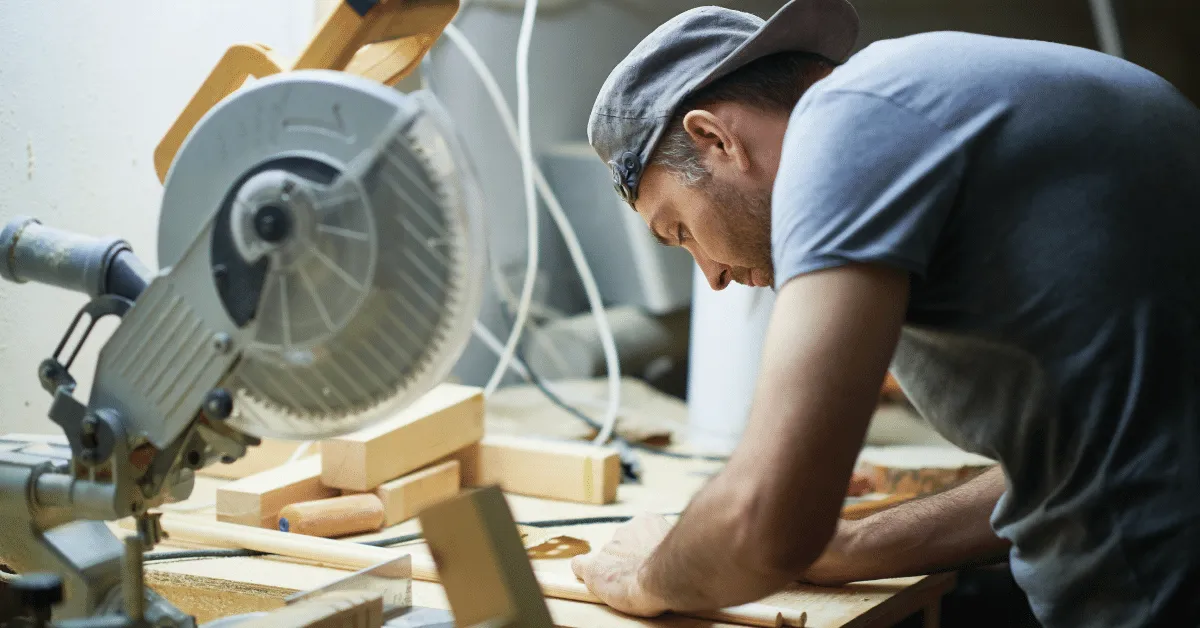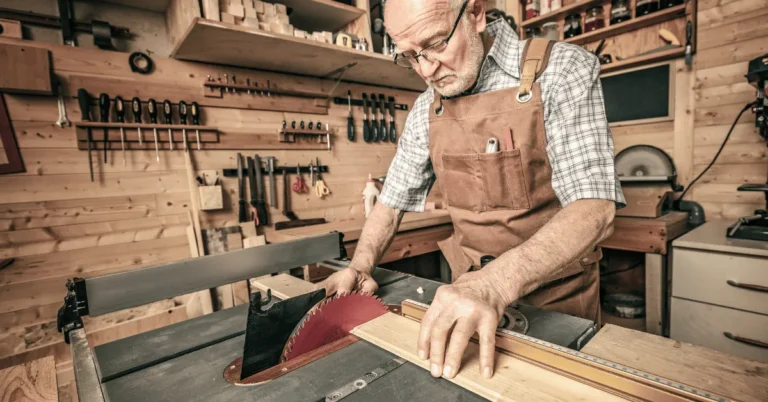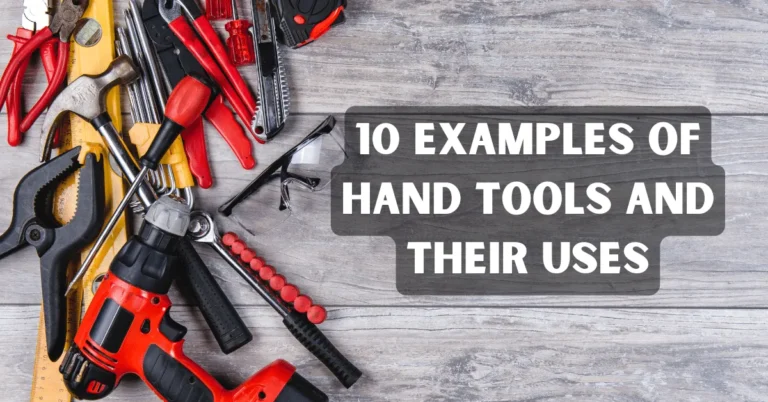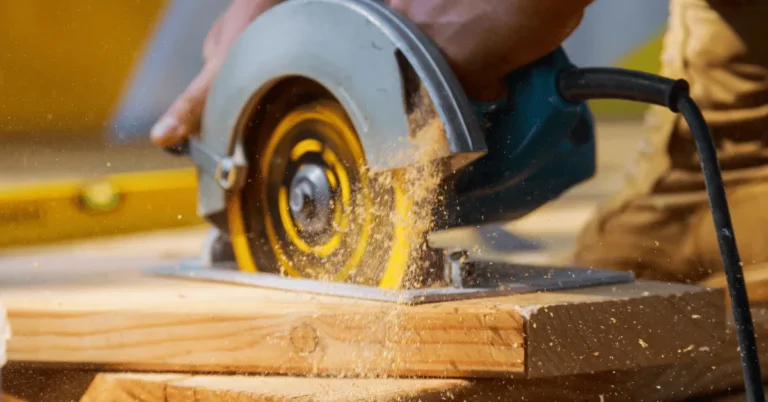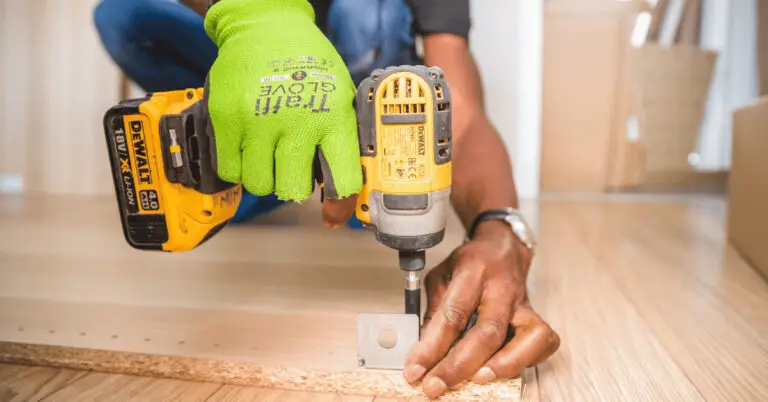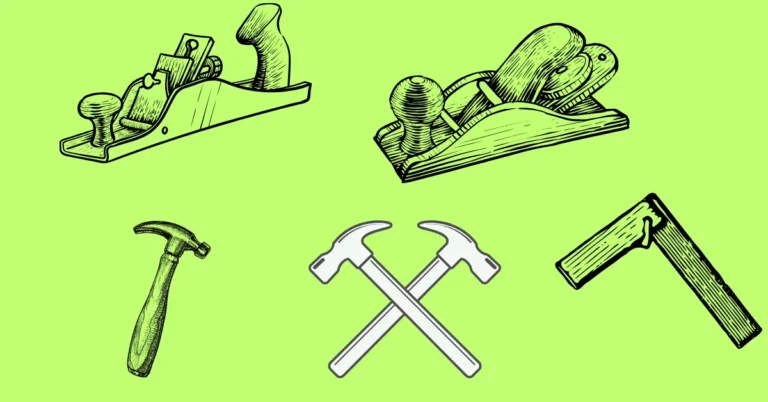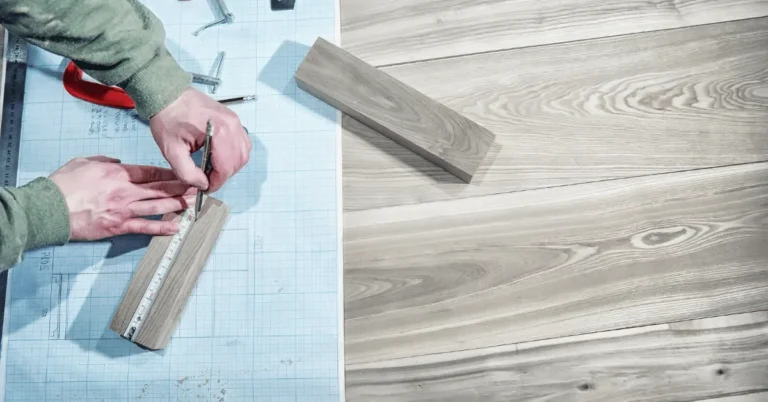Hazards From Improper Use of Hand Tools & Causes
Woodworking is a craft that offers creativity and satisfaction. In this article, we’ll discuss the common Hazards From Improper Use of Hand Tools hand tools in woodworking, explore their causes, and provide essential safety tips.
Whether you’re a beginner or an experienced woodworker, this guide will help you work with hand tools safely and enjoyably.
Key Takeaways – Hazards From Improper Use of Hand Tools
- Prioritize safety gear: Eyes, ears, and hands need protection.
- Maintain sharp tools: Dull tools lead to accidents, keep them sharp.
- Choose the right tool: Match tools to tasks for safer woodworking.
- Keep the workspace clean: Clutter invites accidents; stay organized.
- Mind-body position: Maintain stability to prevent strain and accidents.
- Take regular breaks: Rest to stay focused and avoid accidents.
Table of contents
- Key Takeaways – Hazards From Improper Use of Hand Tools
- What are the most common hazards associated with hand tools in woodworking?
- What are the causes of these hazards?
- How can I avoid accidents with hand tools in woodworking?
- What are some safety tips for using specific types of hand tools in woodworking?
- What should I do if I have an accident with a hand tool in woodworking?
- Important FAQs related to Hazards From Improper Use of Hand Tools
- Final Thoughts
What are the most common hazards associated with hand tools in woodworking?
Woodworking can be a fulfilling and rewarding hobby or profession. However, it is important to be aware of the potential hazards that come with using hand tools in woodworking.
By understanding these hazards and taking the necessary precautions, you can ensure a safe and enjoyable woodworking experience.
One of the most common hazards in woodworking is the risk of cuts and lacerations. Hand tools such as chisels, saws, and knives can easily cause injuries if not used properly.
It is important to always use sharp tools and maintain a firm grip to prevent slips and accidental cuts.
Another hazard to be cautious of is the risk of flying debris. When using hand tools like hammers or mallets, wood chips or splinters can be thrown into the air. Wearing safety goggles and a face shield can protect your eyes and face from potential injuries.
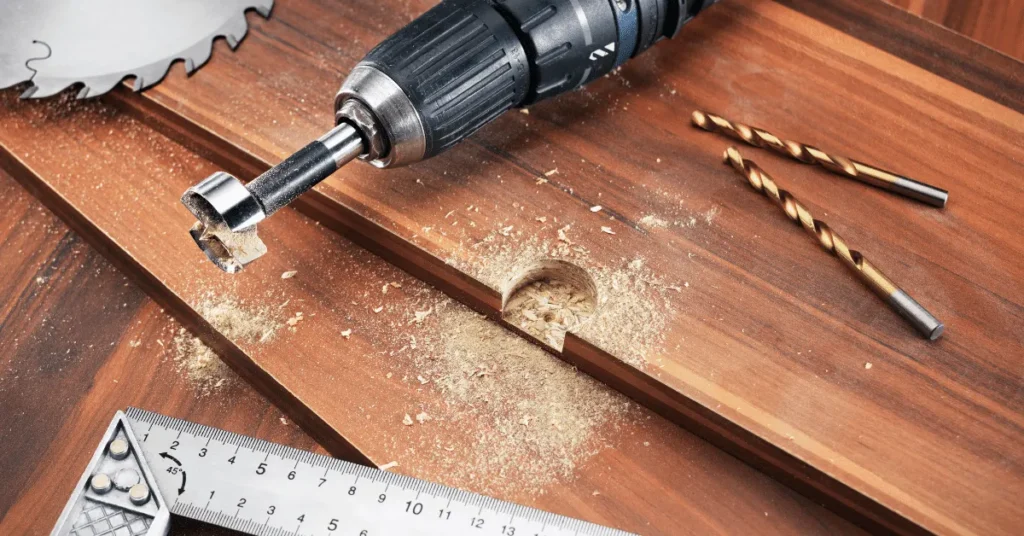
Furthermore, hand tools can also pose a risk of musculoskeletal injuries. Repetitive motions or using tools that are too heavy can lead to strains or sprains.
It is important to use tools that are appropriate for the task at hand and to take regular breaks to avoid overexertion.
Lastly, electrical hazards can also be a concern when using power tools in woodworking. Always ensure that your tools are properly grounded and that you are using the appropriate safety precautions when working with electricity.
By being aware of these common hazards and taking the necessary precautions, you can minimize the risks associated with using hand tools in woodworking.
Remember to always prioritize safety and use proper protective equipment to ensure a safe and enjoyable woodworking experience.
What are the causes of these hazards?
Woodworking demands precision and skill, making it a true craft. However, it also comes with its fair share of hazards, especially when it comes to working with hand tools. Understanding the causes of these hazards is crucial for ensuring safety in the workshop.
One of the main causes of hazards by hand tools in woodworking is improper tool usage. Using a tool in a way it was not intended for can lead to accidents and injuries. For example, using a chisel as a screwdriver may result in the tool slipping and causing harm.
Another common cause of hazards is using dull or damaged tools. Dull blades or worn-out handles can make it difficult to maintain control, increasing the risk of accidents. Regular maintenance and sharpening of hand tools are essential to prevent these hazards.
Furthermore, lack of proper training and experience can contribute to accidents. Woodworking requires knowledge of the correct techniques and safety precautions.
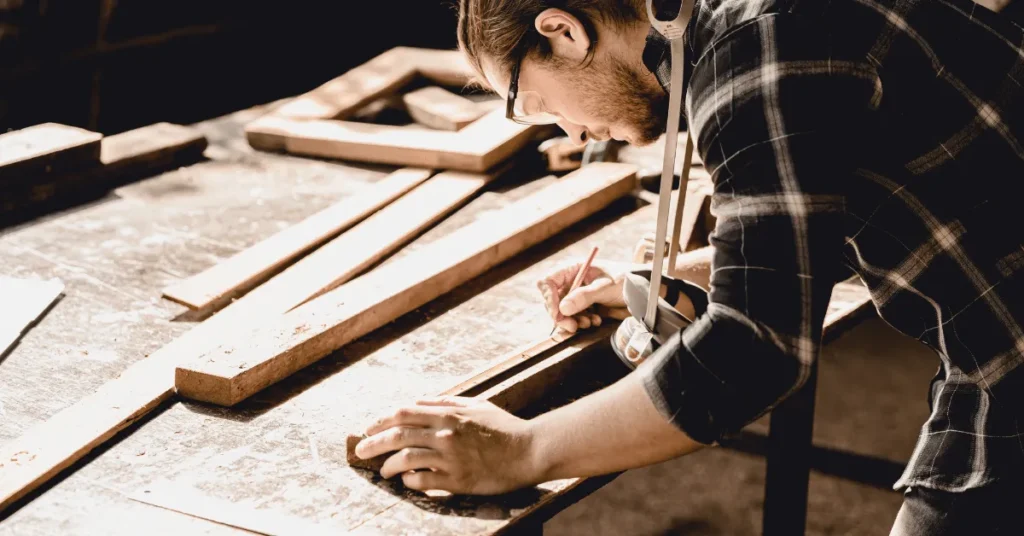
Without proper training, individuals may not be aware of the potential hazards associated with certain tools and actions.
Lastly, distractions in the workshop can also lead to accidents. It is important to maintain focus and concentration while working with hand tools.
Distractions such as loud noises, interruptions, or fatigue can impair judgment and increase the likelihood of accidents.
To ensure safety in woodworking, it is crucial to address these causes of hazards. Proper tool usage, regular maintenance, adequate training, and minimizing distractions are key steps in preventing accidents and injuries in the workshop.
How can I avoid accidents with hand tools in woodworking?
Woodworking is a rewarding hobby that allows you to create beautiful pieces with your own hands.
However, it is important to prioritize safety when working with hand tools to avoid accidents and injuries. Here are some tips to help you stay safe while woodworking:
- Equip yourself with the right safety gear: safety glasses, ear protection, and a dust mask. This will protect you from flying debris and harmful dust particles.
- Keep your work area clean and organized. Clutter can increase the risk of accidents, so make sure to clear away any tools or materials that are not in use.
- Use sharp tools. Dull tools can cause slips and accidents, so regularly sharpen your hand tools to ensure clean and precise cuts.
- Pay attention to your body position. Maintain a stable stance and avoid overreaching or working in awkward positions that can lead to strain or loss of control.
- Take breaks and stay hydrated. Fatigue can impair your concentration and increase the risk of accidents, so make sure to take regular breaks and drink plenty of water.
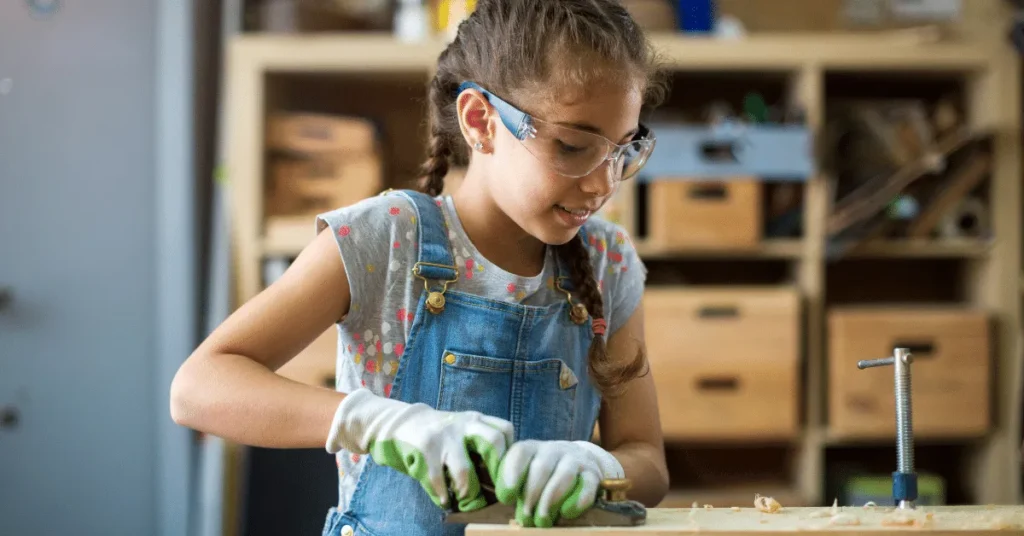
By following these safety measures, you can enjoy woodworking without compromising your well-being. Remember, accidents can happen even to experienced woodworkers, so always prioritize safety in your workshop.
What are some safety tips for using specific types of hand tools in woodworking?
Woodworking can be a rewarding and fulfilling hobby, but it’s important to prioritize safety when using hand tools. Consider these vital safety guidelines:
Wear protective gear: Always wear safety glasses to protect your eyes from flying debris. Additionally, use ear protection to safeguard against loud noises, and wear gloves to protect your hands from cuts and splinters.
Inspect your tools: Before using any hand tool, inspect it for any signs of damage or wear. Check for loose handles or blades, and ensure that all moving parts are in proper working order.
Use the right tool for the job: Each woodworking task requires a specific tool. Employing an inappropriate tool can result in accidents and injury. Make sure you are using the appropriate tool for the task at hand.
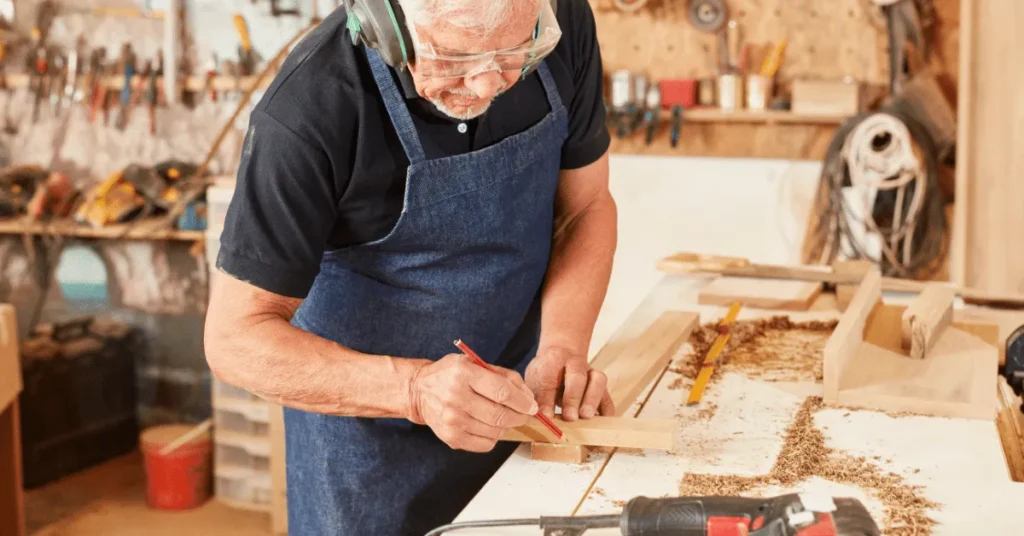
Maintain a clean workspace: A cluttered workspace can increase the risk of accidents. Keep your work area clean and organized to prevent tripping hazards and to have better control over your tools.
Follow proper technique: Learn and practice correct techniques for using each hand tool. This will not only help you achieve better results but also minimize the risk of accidents.
Remember, safety should always be your top priority when working with hand tools in woodworking. By following these tips, you can enjoy your woodworking projects while minimizing the risk of injuries.
What should I do if I have an accident with a hand tool in woodworking?
Woodworking is a wonderful hobby that allows us to create beautiful and functional pieces using our own hands. However, accidents can happen even to the most experienced woodworkers.
If you find yourself in a situation where you have an accident with a hand tool, it is important to stay calm and take immediate action to minimize the damage.
The first thing you should do is assess the severity of the injury. If it is a minor cut or scrape, you can clean the wound with soap and water, apply an antiseptic, and cover it with a sterile bandage.
However, if the injury is more serious, such as a deep cut or a puncture wound, you should seek medical attention right away.
While waiting for medical help, it is important to apply pressure to the wound to stop any bleeding. Elevating the injured hand above the heart can also help reduce blood flow to the area. Avoid using tourniquets unless necessary, as they can cause further damage.
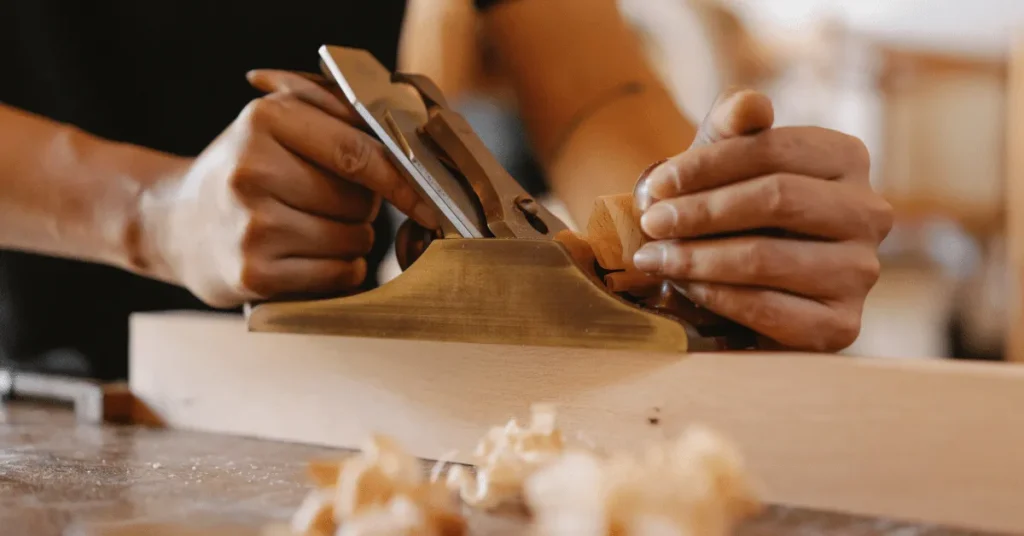
Once you have taken care of the immediate injury, it is important to reflect on what went wrong to prevent future accidents.
Was it a momentary lapse in concentration? Were you using the tool incorrectly? Identifying the cause of the accident can help you make changes to your woodworking practices and ensure that similar accidents do not happen again.
Important FAQs related to Hazards From Improper Use of Hand Tools
Essential safety gear for woodworking includes safety glasses to protect your eyes from debris, ear protection for loud noises, and gloves to safeguard your hands from cuts and splinters.
Regularly sharpen your hand tools to ensure clean and precise cuts. The frequency of sharpening depends on usage, but a good rule of thumb is to sharpen them before they become noticeably dull.
It’s important to use the right tool for the job. If you’re uncertain, seek guidance from experienced woodworkers, consult woodworking references, or consider taking a woodworking class to build your knowledge.
To reduce distractions, establish a dedicated and organized workspace. Limit interruptions, use noise-canceling headphones for loud environments, and ensure you’re well-rested and focused before starting a woodworking project.
A basic first aid kit for your woodworking workshop should include adhesive bandages, antiseptic wipes, sterile gauze pads, adhesive tape, scissors, and tweezers. Ensure it’s easily accessible in case of accidents.
Final Thoughts
In conclusion, “Hazards From Improper Use of Hand Tools & Causes in Woodworking” underscores the importance of safety in pursuing the art of woodworking.
Prioritizing safety gear, tool maintenance, and proper technique is crucial to a risk-free woodworking experience. Remember, accidents can happen to anyone, so stay vigilant.
Feel free to share your insights and experiences in the comments. Your insights and safety tips can benefit the woodworking community.
If you found this article valuable, don’t hesitate to share it with fellow woodworking enthusiasts to spread awareness and ensure everyone enjoys their craft safely.
Read More:
